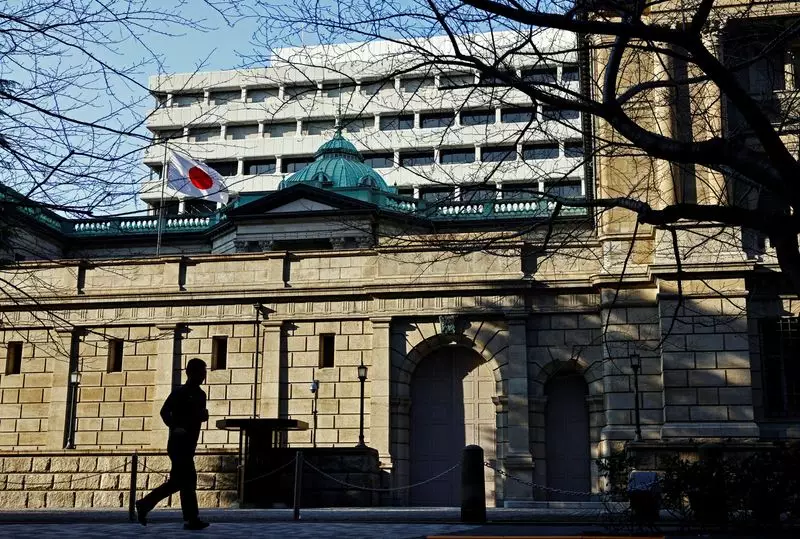As Japan navigates its economic landscape post-pandemic, the Bank of Japan (BOJ) stands at a crucial crossroads with a likely increase in interest rates looming. On Friday, the central bank is expected to raise its short-term policy rate from 0.25% to 0.5%. This marks a significant shift for Japan, as these figures represent the highest interest rates seen since the global financial crisis of 2008. The implications of such a decision extend beyond domestic borders, signaling a reconfiguration of Japan’s economic strategies amidst broader global market sentiments.
The anticipated interest rate hike is largely influenced by a combination of factors, including rising inflation and overarching geopolitical tensions. U.S. President Donald Trump’s tariff announcements, which have historically rattled international markets, have recently been met with a surprising calm within global stock exchanges. Market participants seem to have reassured themselves against immediate upheaval, thereby enabling the BOJ to feel emboldened in its decision-making process without fearing backlash from market volatility.
Given the current market conditions, where traders appear to have fully priced in the possibility of this rate hike, the focus now shifts toward what insights BOJ Governor Kazuo Ueda may provide in his subsequent press conference. The anticipation is not merely about the immediate rate hike; traders and economists alike are keen to decipher Ueda’s statements regarding future rate increases and the trajectory of Japan’s monetary policy over the coming months.
Notably, the BOJ is also tasked with managing expectations around inflation rates. There is a general consensus among analysts that the BOJ is now better positioned to navigate increasing inflationary pressures. With inflation exceeding the BOJ’s 2% target for nearly three years, primarily driven by rising costs of food and energy, the forthcoming monetary policy adjustments may suggest a transition towards a more normalized economic environment in Japan. Analysts, including Mari Iwashita from Daiwa Securities, forecast that once the rate reaches 0.5%, subsequent increases may occur at a rhythm of roughly two hikes per year, contingent upon global economic trends.
The anticipated hike in interest rates comes against the backdrop of Japan’s relatively fragile economic recovery. Although inflation has been climbing, the benefits have yet to be uniformly distributed across the economy, with concerns about the sustainability of growth still lingering. The BOJ aims to foster an environment where increased consumer prices stimulate wage growth, thereby enhancing overall consumption levels and maintaining economic momentum. This cycle is seen as crucial—greater inflation that spurs wage increases can potentially support the Japanese economy in maintaining its growth trajectory.
However, the road ahead is fraught with uncertainties. Observers remain wary of potential market shocks that could arise from factors across the Pacific, particularly relating to U.S. economic policies and the Federal Reserve’s decisions in response to domestic economic conditions. With a significant upper house election scheduled for July, the timing of BOJ’s actions could also be influenced by political dynamics, which may either bolster or hinder the current governing coalition’s support. Financial stability in the face of these events will be crucial, as a misstep could revisit the fears associated with sharp market downturns akin to those experienced following the prior rate hike in July of last year.
In sum, the expected hike in interest rates by the BOJ underscores a careful deliberation process that weighs both domestic recovery and global market stability. While the increased rates might signify confidence in the Japanese economy’s potential for recovery, they also highlight the delicate balance policymakers must maintain. As they proceed with caution, the central bank’s messaging will be critical in shaping market perceptions and ensuring that Japan’s economic resurgence can materialize without triggering the kind of volatility that has historically accompanied such transitions. Ultimately, the upcoming decisions by the BOJ will reflect both an acknowledgment of current economic realities and an aspirational stance toward a more robust economic future for Japan.

